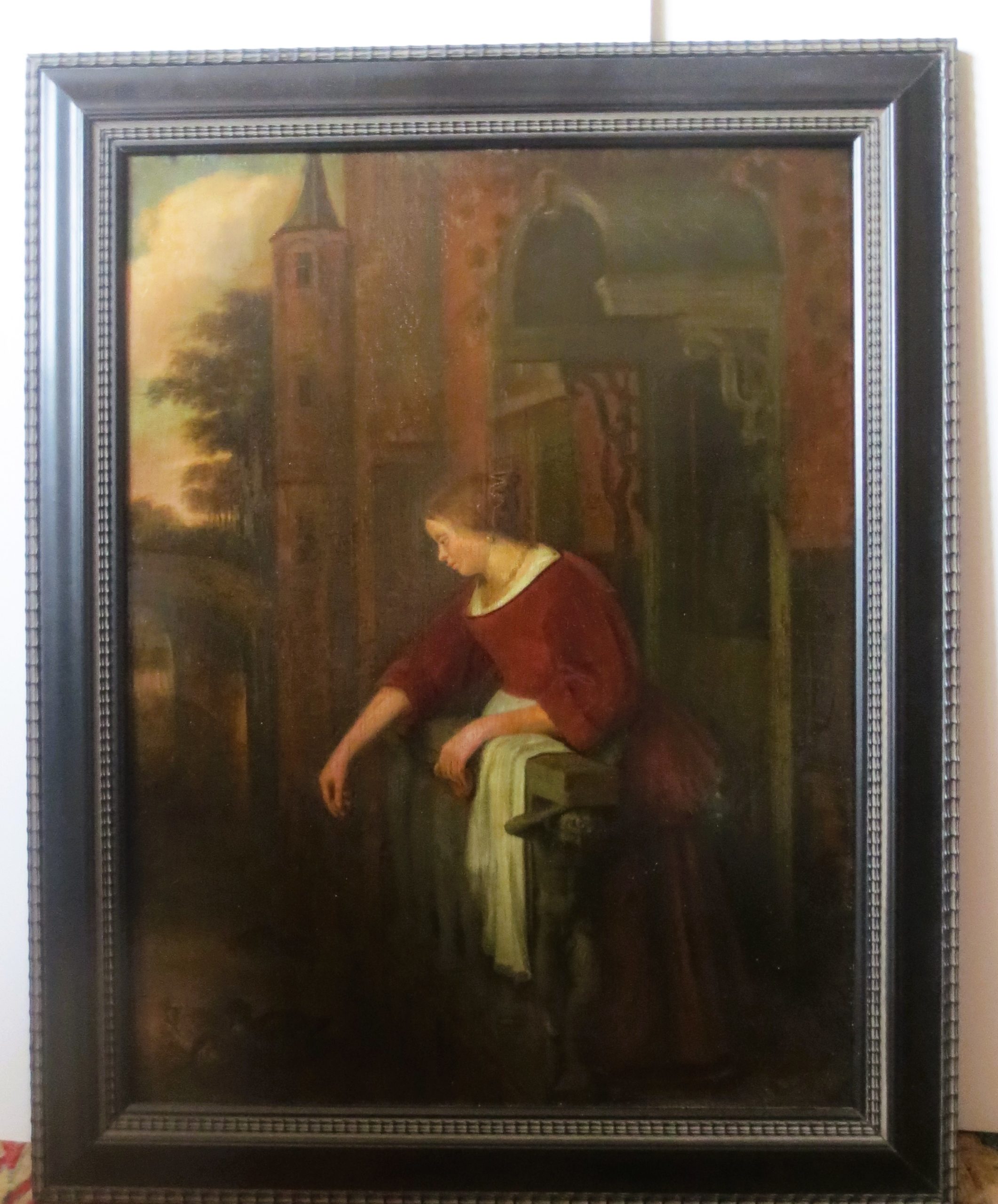A painter of small domestic genre scenes more charming than widely known, Reijnier Covijn (variously spelled) was sufficiently appreciated by his contemporaries to warrant along with his more obscure brother Israel a critically neutral passage in Arnold Houbraken’s Groote Schouburgh describing Covijn’s paintings of domestic life above and below stairs (2nd ed., The Hague, 1753, vol, 3, p. 216, listing inter alia Covijn’s chosen subjects as “een dienstmeit met een eyerkorfje of koper emmertje met geplukte vogelen aan den arm, of ook wel een juffertje dat zit te najen, of te spelde werken.” (A maid with a basket of eggs or a copper pail on her arm with a plucked chicken, or a maid sewing or embroidering). Within this homey repertoire of home economics, the maid feeding scraps to ducks cruising the canal past the back kitchen porch is a particularly pacific moment of a shared post dinner repast.
Although Covijn’s themes and style are close to the genre subjects of his Dordrecht contemporary Nicolas Maes, this was the result of emulative influence rather than direct tutelage. Both shared a preference for an almost nocturnal atmospheric gloom and a subdued palette, but true to his Brabant origins, Covijn emphasized exterior details drawn from settings in Dordrecht and neighboring Papendrecht – note the distinctive tall octagonal carillon tower seen here – joining in 1662 the artist’s guild in one and marrying a woman in the other.
The signatures on a number of Covijn’s paintings have been stripped off over the years to substitute a false signature of Maes or Cornelis Bisschop, yet his style remains distinctly his own as an acolyte of Maes and allied Dordrecht genre painters. The figure’s pose and costume, and the crepuscular setting and background architecture, in the Maid Feeding Canal Ducks finds a close analogue in general character in Coveijn’s signed painting of a front door transaction between a milk maid and housewife on a street leading back to a municipal gate tower (The Hague, Bredius Museum, illustrated with a brief accompanying blurb in Walter Bernt, The Netherlandish Painters of the Seventeenth Century, Vol. 1, p. 27 & pl. 267). The best documented, illustrated and critically analytic account of Covijn’s life and work remains Eduard Plietzsch, “Reijnier Covijn,” Zeitschrift für Kunstwissenschaft, vol. IV, No. 1 /2, Berlin, 1950, pp. 69-80. Some additional data, including the emended date and place of death followed here, are given in K. G. Saur et al, vol. 22, Munich-Leipzig, 1999, s.v.

